Ah transitions. The skill that most class participants don't realize you have but is necessary in order for them to consider you to be one of the best. The two biggest challenges our Barre Intensity instructor trainees share with us in regards to teaching are simply speaking the words, which we address in our 5 Tips for Effective Cuing post, and transitioning from one move to the next. Begin incorporating our three transition tactics immediately and see what kind of impacts it makes on your class.
Progress the Choreography
If your end goal is to alter the movement of the arms, legs and torso, take a progressive approach to the change. Cuing at the same time what all three parts of the body will do next will surely get you tongue tied, and more than likely, cause you to take the "stop and watch" approach halting the flow of class.
Here's an example of progressing the choreography when going from knee lifts front with arms over head (exercise 1) to knee lifts side with torso rotation and arm pull downs (exercise 2):
While executing exercise 1 cue to continue the alternating knee lifts but travel them out to the sides.
Next, cue to add a torso rotation towards the lifted leg.
Last, instruct the class to bend the elbows and pull the arms down with each knee lift, returning straight up overhead each time the torso rotates to the front.
View this transition in action.
Start off Slow
We fully admit the Barre Intensity technique is a fast paced barre class. We also understand that sometimes you have to start off slow to get everyone on the same page. Starting off slow allows you to pack in more words in a series of exercises therefore allowing you, the instructor, the ability to talk through what the class will be doing next. The secondary benefit to starting off slow is that some class participants might choose to stay at the slower pace; a modification if you will. For example, while doing an Intense Cardio series of Lunge facing the barre to Wide V profile, take a full 2 eight counts to explain the combination before cutting it in half to 1 eight count and then four counts.
(In 4 counts cue) right hand coming off the barre, straighten both legs and rotate the body to the right finding Wide V position with the legs, heels facing in and toes facing out, arm shoulder height reaching towards the center of the room.
(In 4 counts cue) bend the knees keeping the spine stacked, shoulder over the hips, pressing down on all ten of the toes and pulling the knees back in line with the second and third toes.
(In 4 counts cue) straighten legs and lift right heel.
(In 4 counts cue) rotate on the ball of the right foot, torso and hips turn to face the barre, bend both knees equally and place your right hand back on the barre.
Then cut the timing in half, and then in half again
View this transition in action.
Teach a Filler
During a Barre Intensity Instructor Certification we cover executing exercises, or a couple variations of the same exercise, for 12 - 14 eight counts. Yes, we know, that's a long time! You need it though to build intensity, which we're all about. However, sometimes you need a filler move, a move you execute for 2 eight counts or less, to get from point A to point B. For example, let's say during your warm up you choose a Lunge exercise series ending with lunge knee lifts (single side). Smoothly transitioning from one leg to the next can be challenging unless utilizing a filler move such as a squat.
At the end of your Lunge/Knee Lift combo (first side) cue your class to end holding right leg back in Lunge.
Keeping both legs bent, slide the right leg forward lining up with the left to find your Hip Distance Parallel Squat.
Execute two eight counts of pulses down in a Squat position.
Keeping both legs bent, slide the left leg back and lift the chest stacking the shoulders over the hips.
Now you're ready to repeat second side.
View this transition in action.
Ready to learn the Barre Intensity technique? View our training schedule or learn from us online.

